Preparing for meetings
Sole designer on Pre-meeting experience / Vowel (Now Zapier) / Jul - Sep 2021
Context
If all you need is a video call, Zoom or Meet works fine. Vowel set out to solve a deeper problem: helping teams plan, run, and follow through all in one place.
But its vision, Prepare → Meet → Act, wasn’t translating into behavior. Most users tried a meeting or two, then left. The Prepare experience, which should have driven activation, was non-existent.
The challenge was to turn that missing pillar into the reason people choose and stick with Vowel.
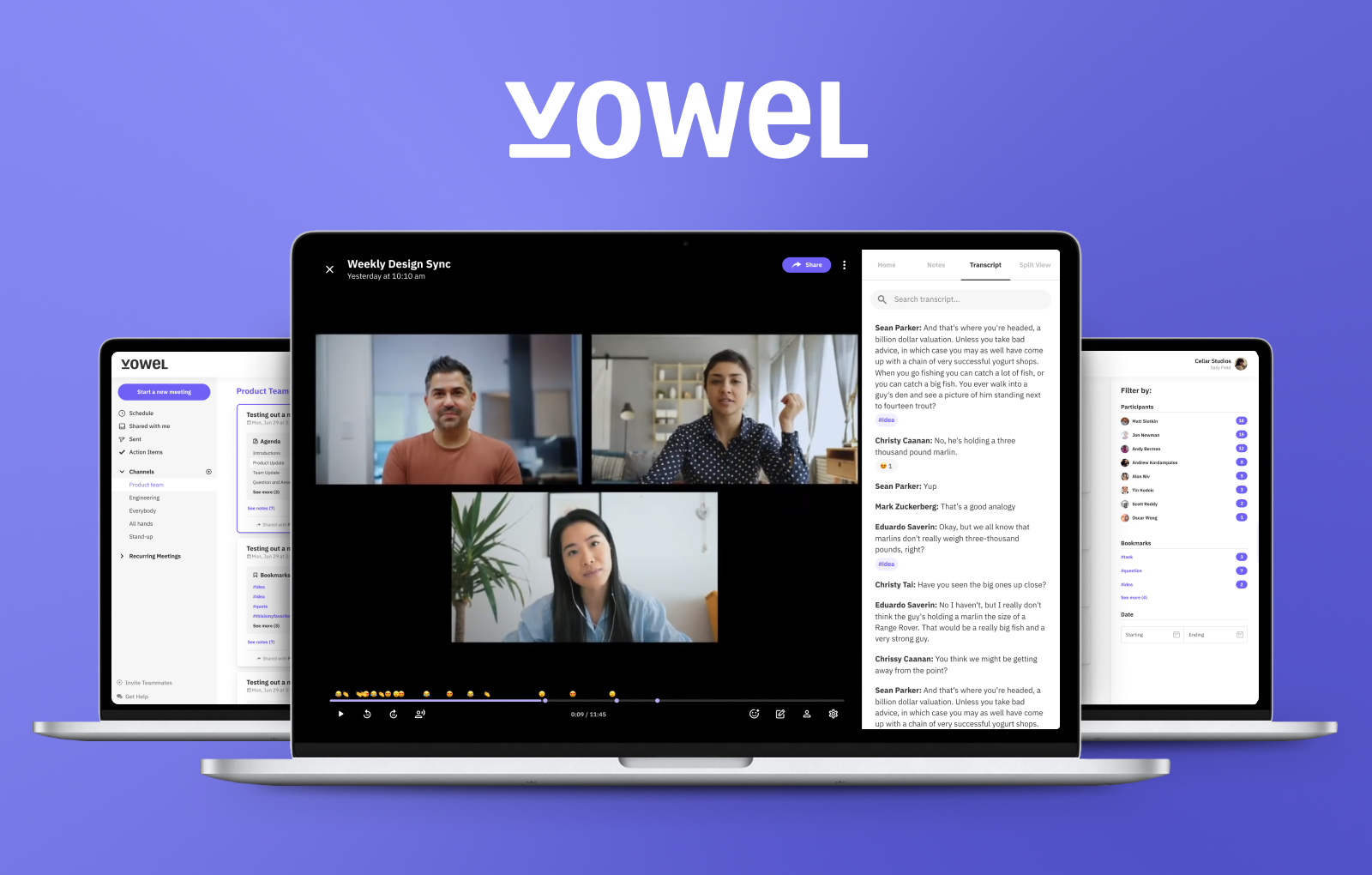
Problem
There was no way to prepare for meetings on Vowel - no onboarding, no agendas, no planning flow, and no way for participants to engage before the meeting started. This broke the entire meeting lifecycle.
No clear starting point
People didn’t know where or how to prepare. There were no onboarding, no templates, and no guidance so most meetings started without a plan.
Prep was scattered and isolated
Planning happened in docs, calendar invites, or not at all. Organizers shouldered all the responsibility, while invitees had no visibility or way to participate ahead of time.
No link between prep and action
Even when agendas existed, they lived separately from notes, tasks, or follow-ups. There was no continuity and no way to carry context into the meeting or track what happened after.
Solution
To truly improve meetings and grow Vowel, we had to build a prep experience that would connect to everything that came after it. That meant designing for the full lifecycle: helping people prepare together, collaborate during the meeting, and carry their work forward: Prepare → Meet → Act.
I led the design of this experience from the ground up, with the goal of turning prep into a shared, habit-forming entry point into Vowel.
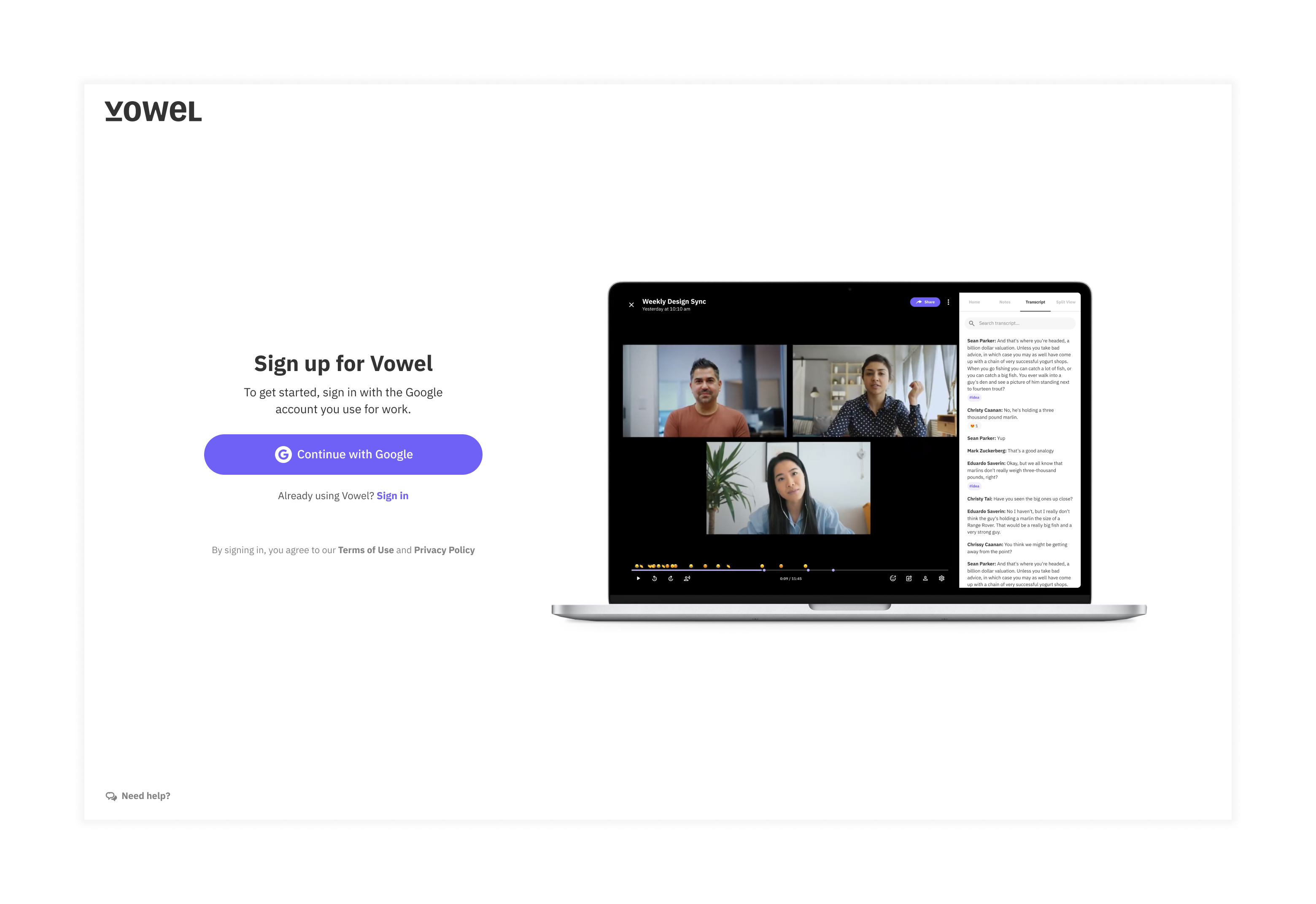
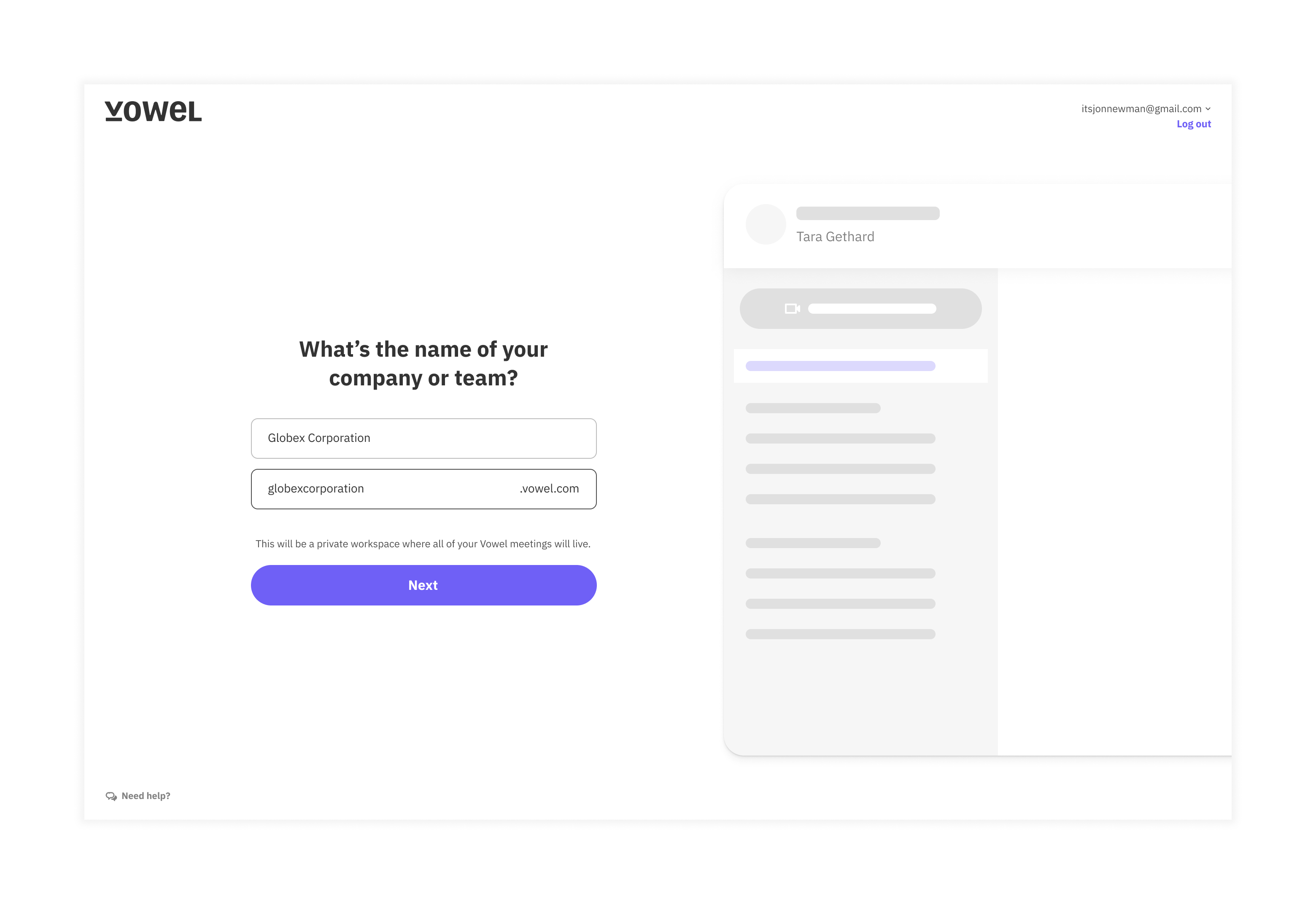
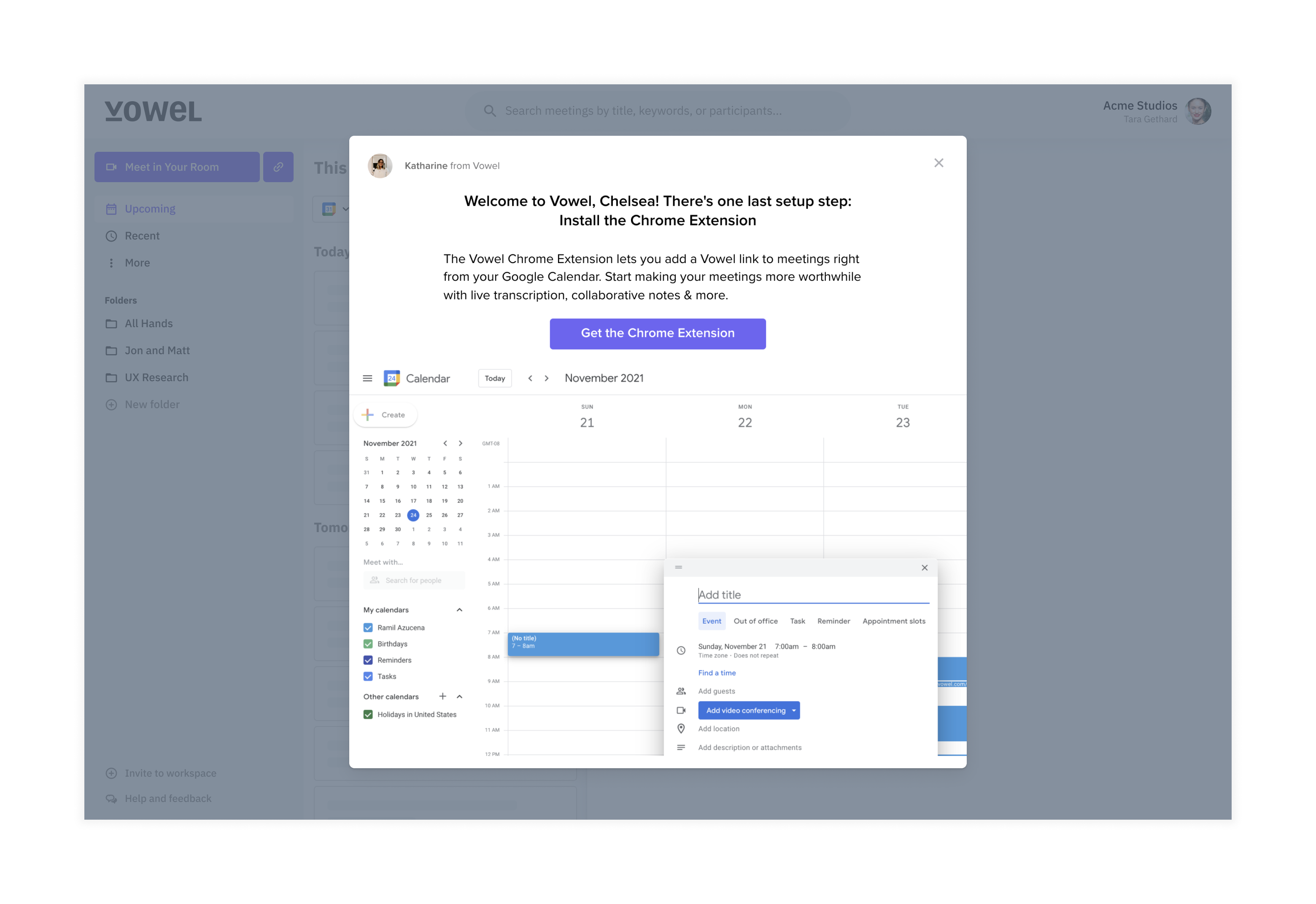
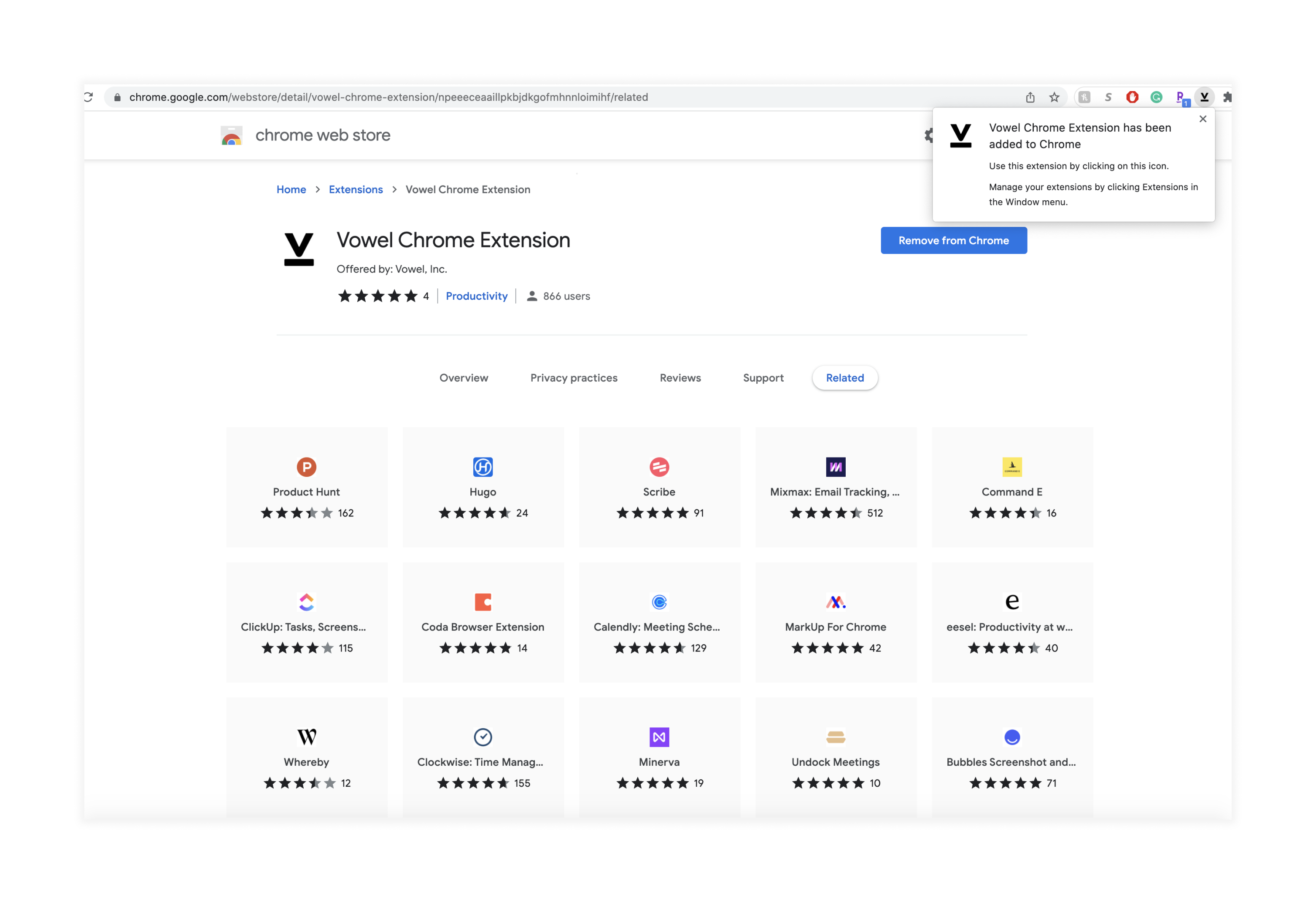
First, signing up, syncing Google Calendar and installing the Vowel Chrome extension were key onboarding steps. These steps are essential for successful activation and getting users into the full Vowel workflow.
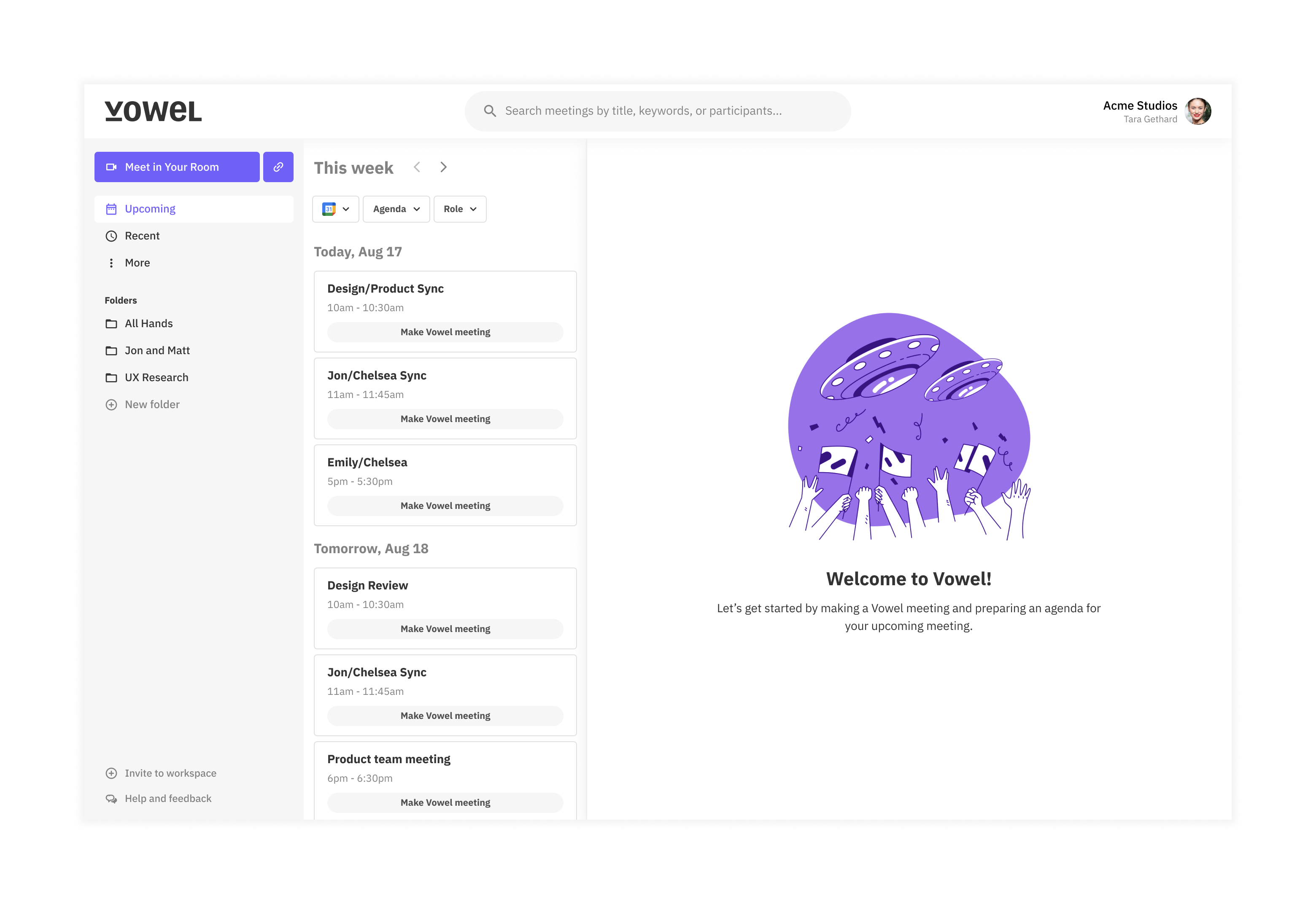
Most users live in Google Calendar so we made sure Vowel met them there. Once connected, any event can become a Vowel meeting. Just choose Vowel as the meeting tool, and it automatically links to the full Vowel experience.
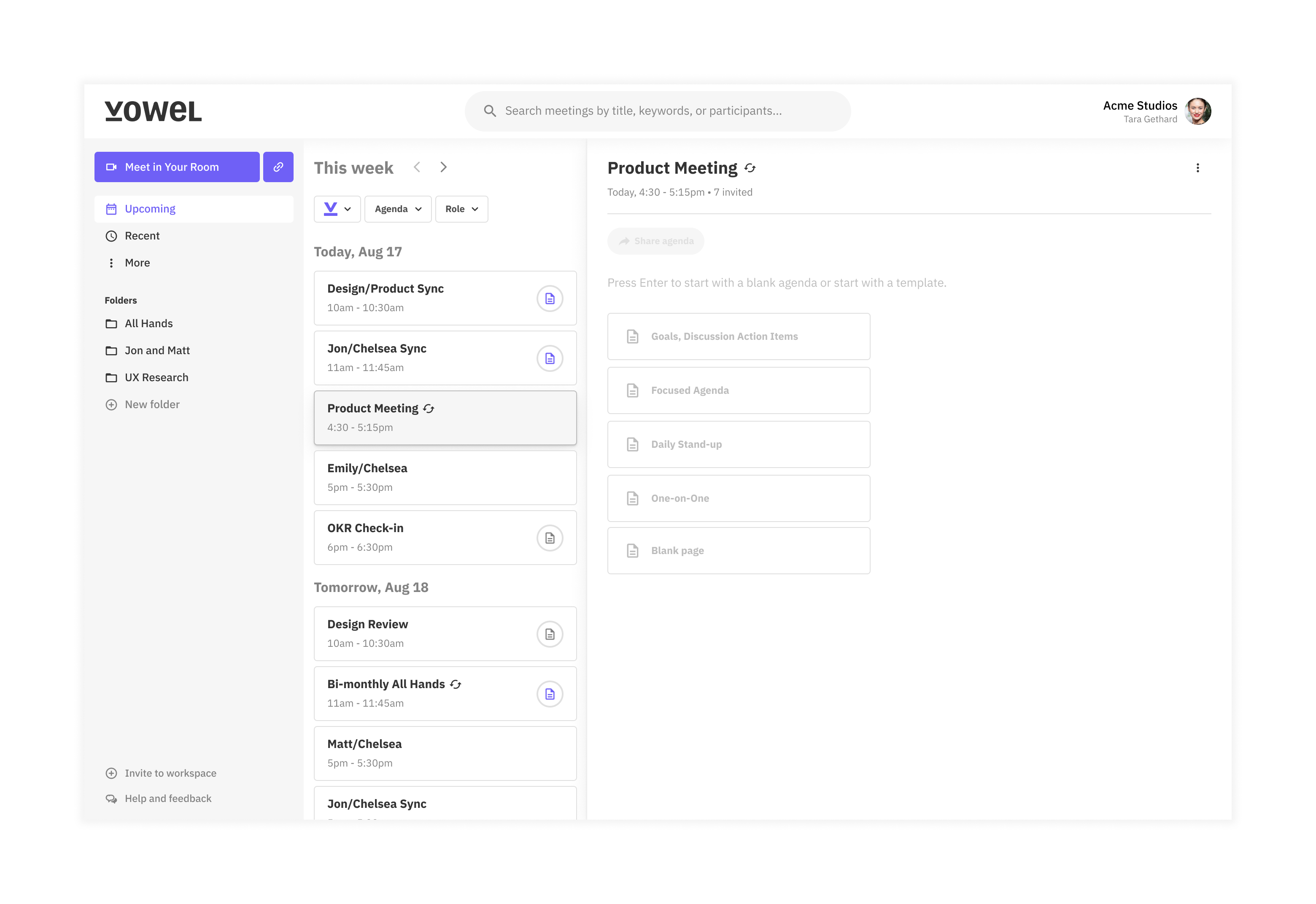
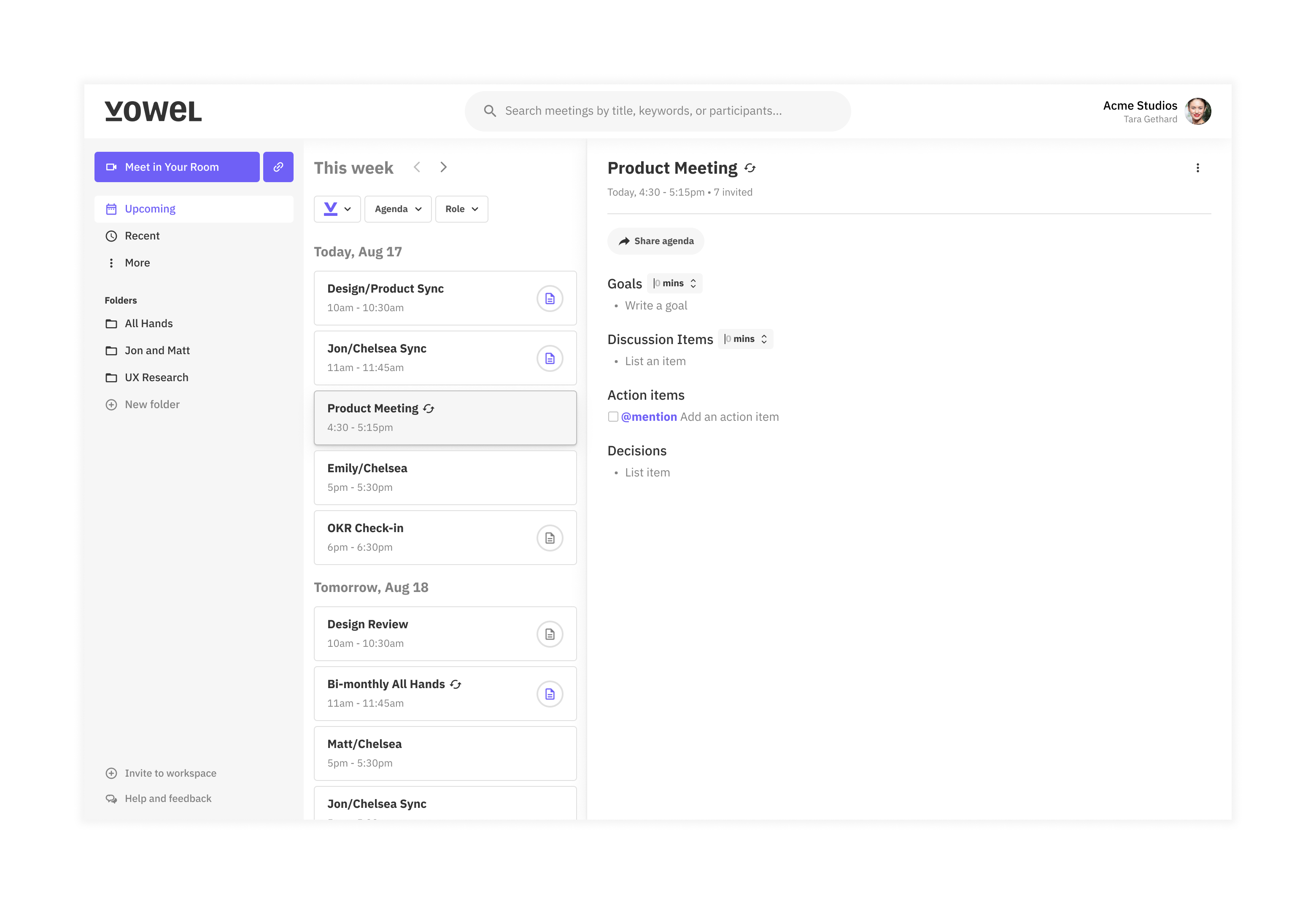

The first step toward a better meeting loop.
Once a Vowel meeting is created, anyone, not just the organizer, can build the agenda. We offered structured templates with sections for goals, talking points, decisions, and action items to help guide better meetings. But since our research showed that many users prefer to start from scratch, the default is a blank agenda which gives people flexibility without locking them into a rigid format.
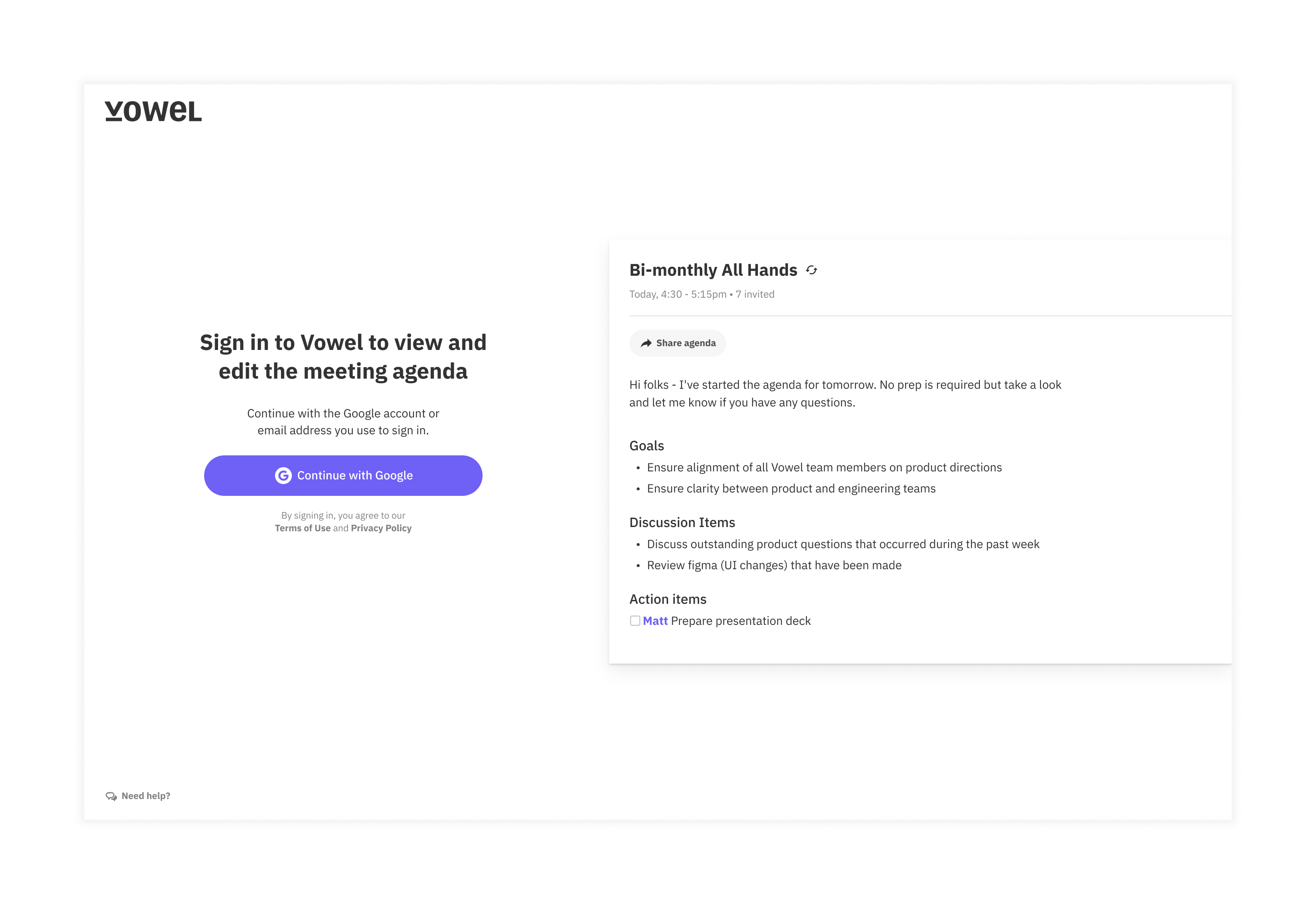
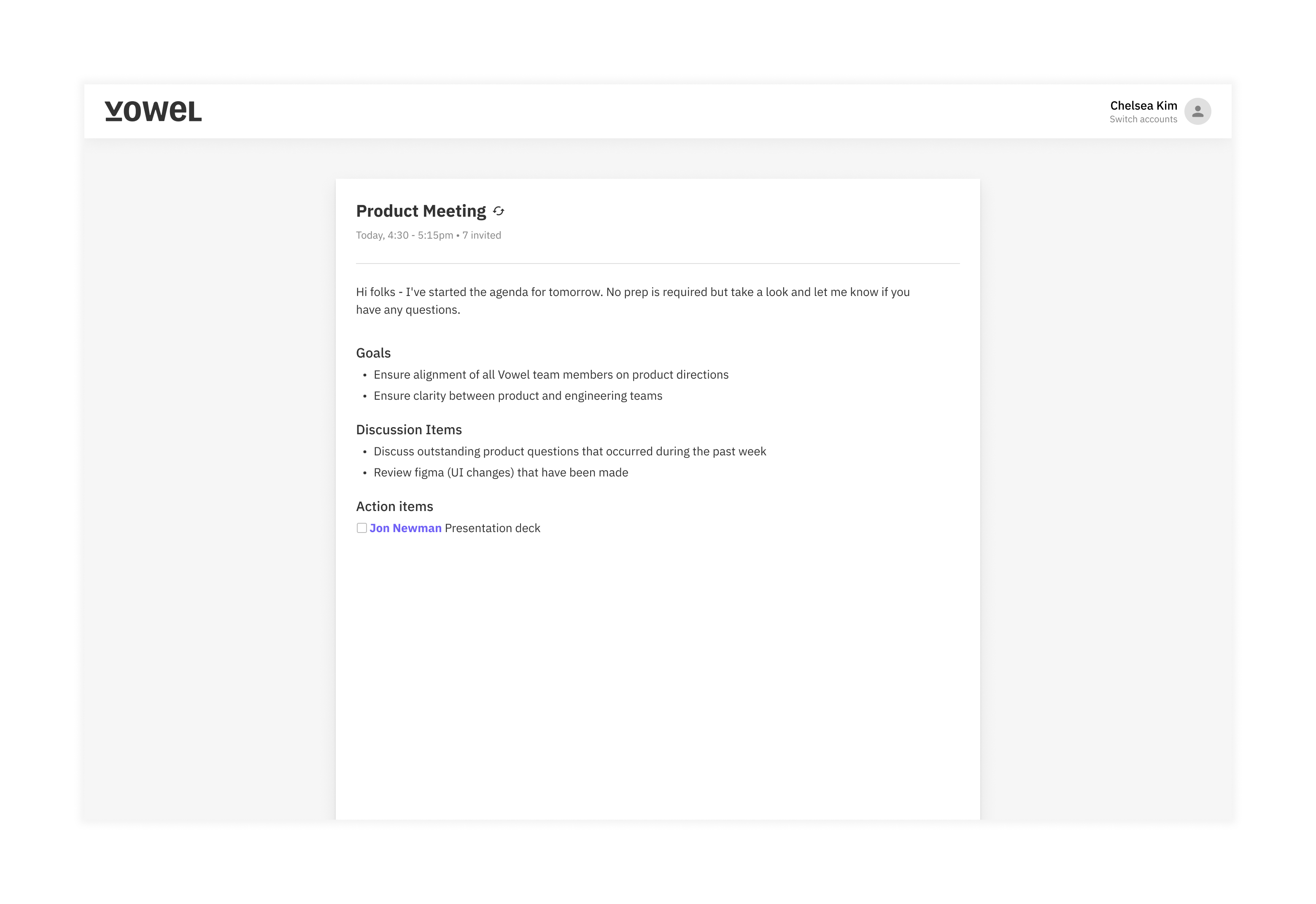
Agendas are collaborative by default. You can share a preview link with anyone (even outside your team), and edits are tracked with names and timestamps. This collaborative setup is more than just a prep tool, it’s the first step to a successful meeting. As the meeting happens, notes are added directly onto the agenda, and afterward, everything gets archived in one place. This becomes especially valuable for recurring meetings, helping teams build continuity and making Vowel the one tool they need, instead of juggling a doc, a calendar, and a video link across platforms.
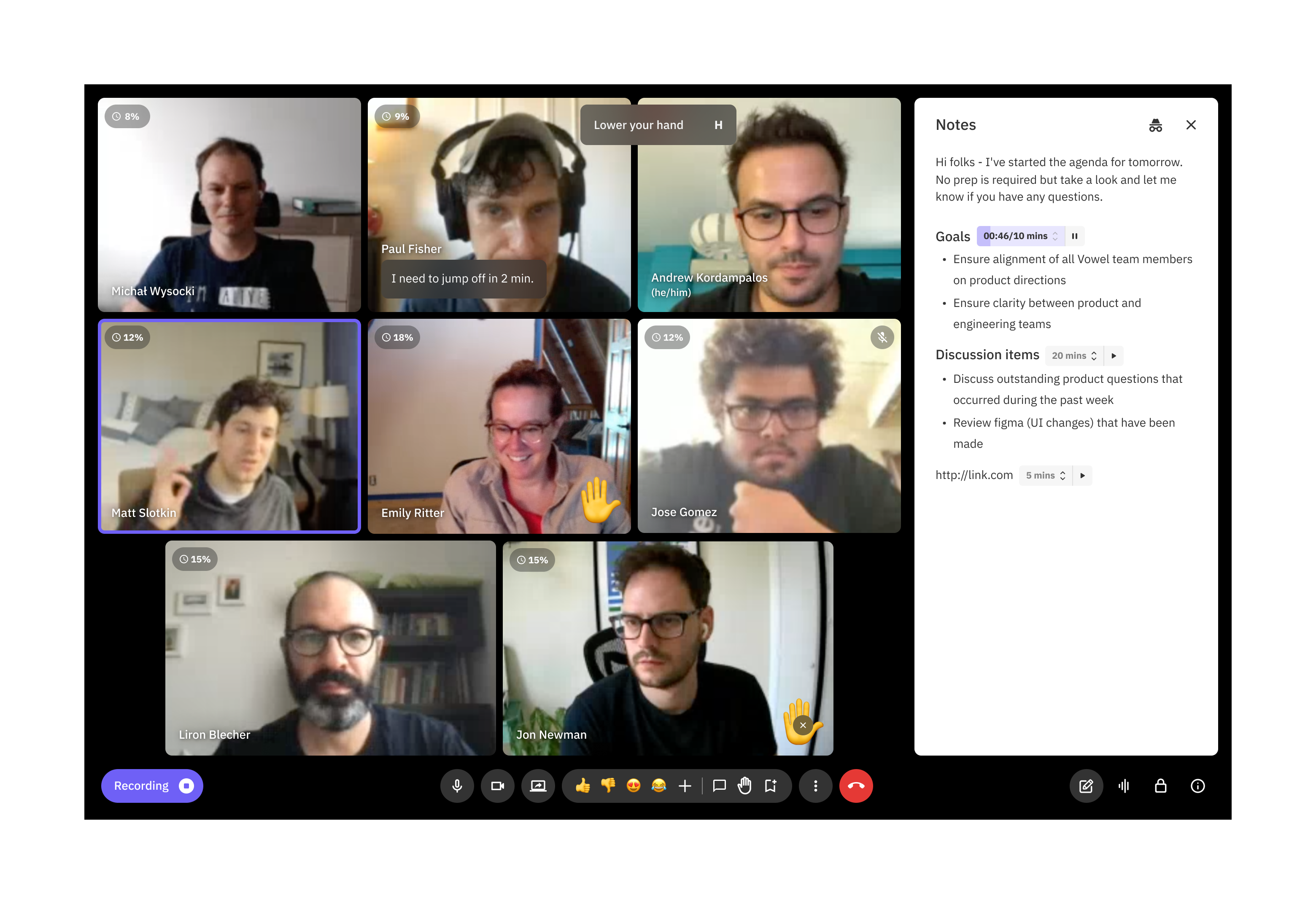
Agenda timers that guide the meeting, not just track it
To carry structure into the meeting itself, I designed lightweight timers embedded directly into each agenda item. These were set during prep and carried through into the live call gently keeping the conversation on track without making someone play “time cop.”
It was one of Vowel’s most unique features: a simple, respectful way to keep meetings focused and on time. And because it flowed naturally from the agenda, it helped reinforce the idea that preparation wasn’t separate and it was the meeting experience.
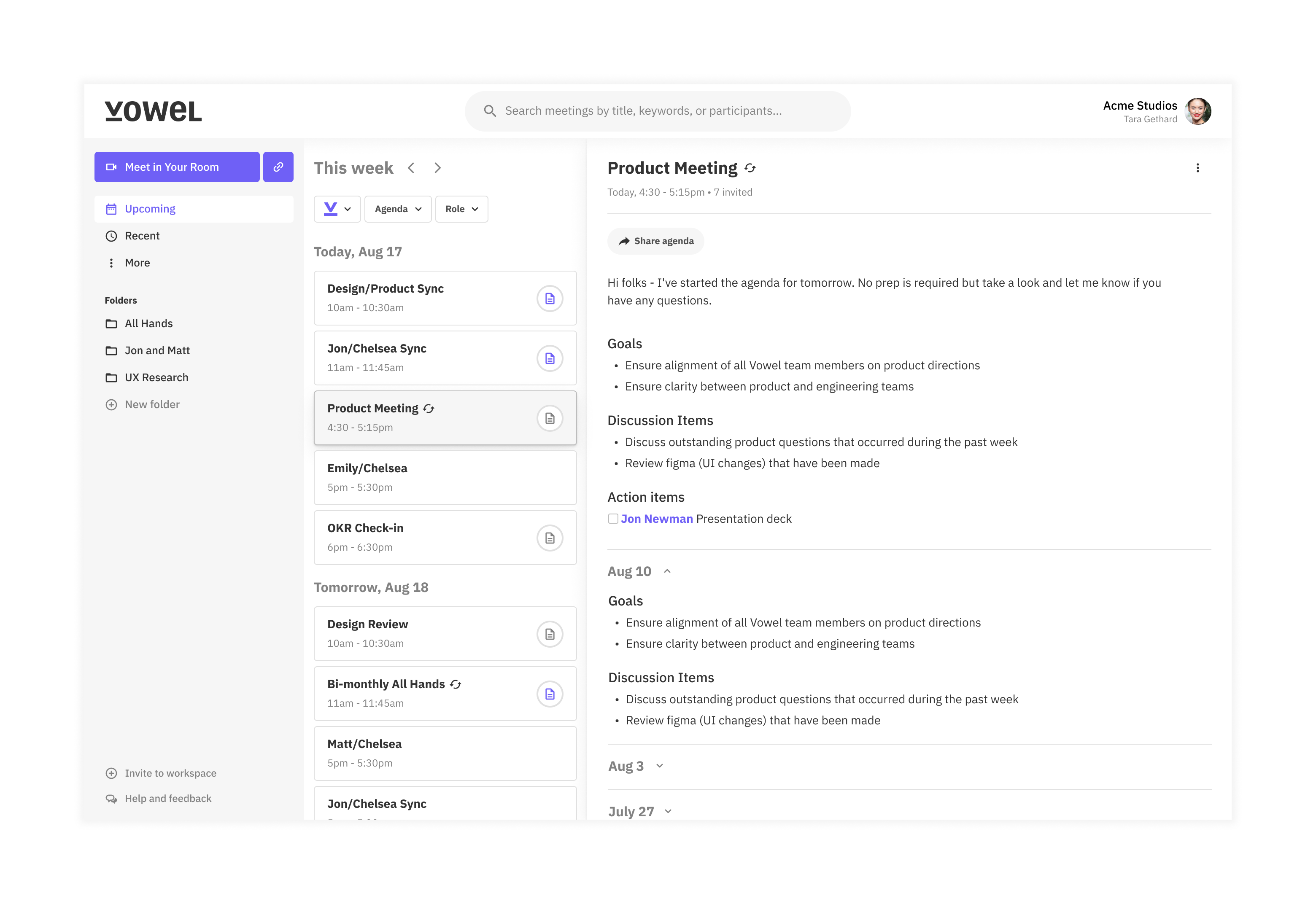
A built-in handoff that keeps the cycle going.
Because agendas, notes, and action items all lived in one place, teams could easily pick up where they left off especially in recurring meetings. Each session built on the last, turning Vowel into a continuous meeting hub rather than a one-off call tool. That ongoing context made it easier to stay aligned, track decisions over time, and made Vowel the obvious place to run every meeting, week after week.
Process
It was important to understand how meetings were currently planned (if at all), where prep broke down, and what habits we could reinforce or shift.
I led the end-to-end design of the “Prepare” experience from defining the user journey and contributing to the PRD, to conducting research, shipping features, and collaborating across product, engineering, and marketing.
We started with understanding qualitative research from interviews with organizers and attendees across small teams and growing startups.
Key insights included:
- Planning wasn’t happening in Vowel as it happened in calendar, scattered docs, or not at all.
- Teams lacked structure especially for recurring meetings, 1:1s, and cross-functional syncs.
- Follow-through was inconsistent as action items and notes were rarely revisited.
We tested designs through live walkthroughs and think-aloud protocols, simulating both organizer and participant roles. We optimized every step from link behavior and agenda templates to smart nudges and real-time collaboration to build a prep experience that felt native to how people already worked.
Results
Vowel became more than a place to meet. It became a system that helped teams prepare, collaborate, and follow through.
We saw an increase in meetings that started with agenda, better activation and retention, and pre- and post-meeting behaviors became repeatable, helping teams return to Vowel as their go-to meeting hub. And shortly after, Zapier acquired Vowel.
